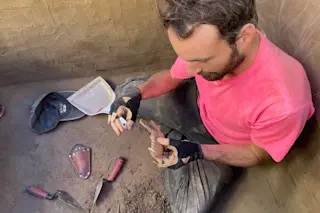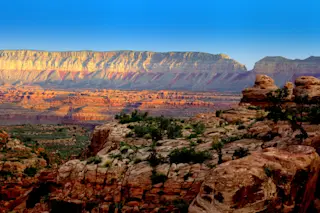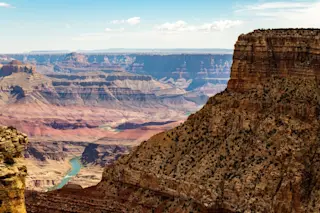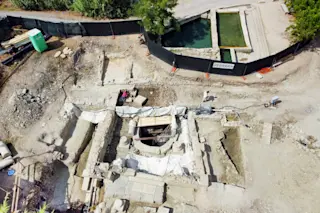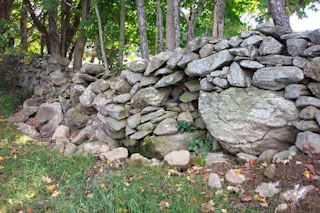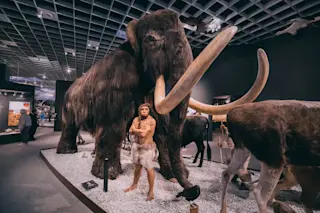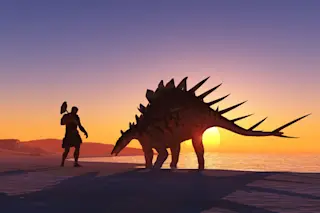Five years ago, on the western edge of the greek peloponnesus, Sharon Stocker stood before a darkened basement door and wondered if going inside was such a good idea. As a doctoral student in classics at the University of Cincinnati, Stocker was trying to track down a particular group of Bronze Age pottery sherds for her thesis work. Her search had led her to a small archaeological museum in the village of Hora and an underground storeroom that had been opened only rarely in 30 years. "The museum guards opened the door very slowly, and then they stepped back," Stocker recalls. "There were just tons of stuff in there. I immediately thought about asking the guards to close up again. Talk about looking for a needle in a haystack."
Stocker forced herself from sunlight into the dark. Then, as her eyes adjusted, she made out some order among the rough ...



